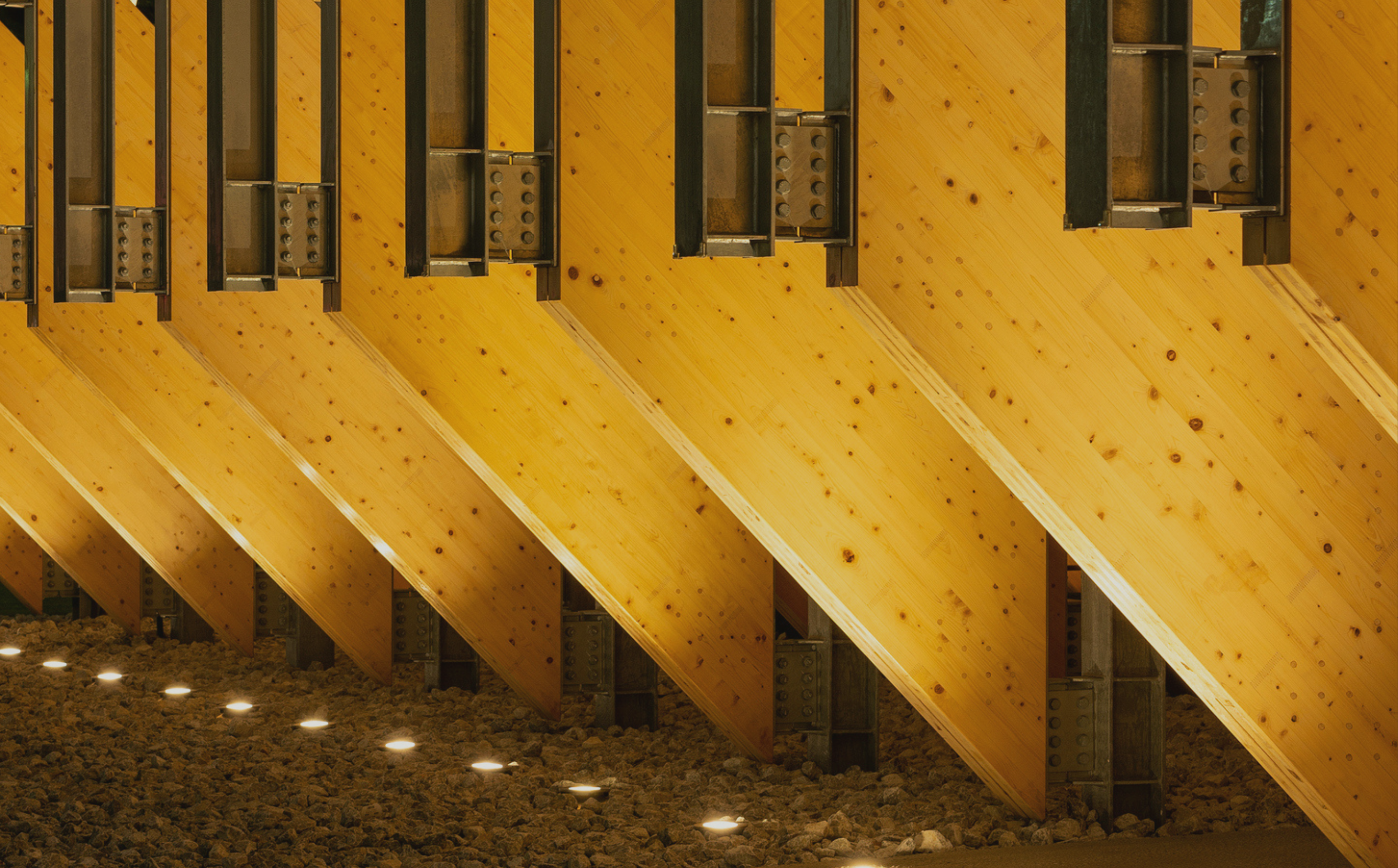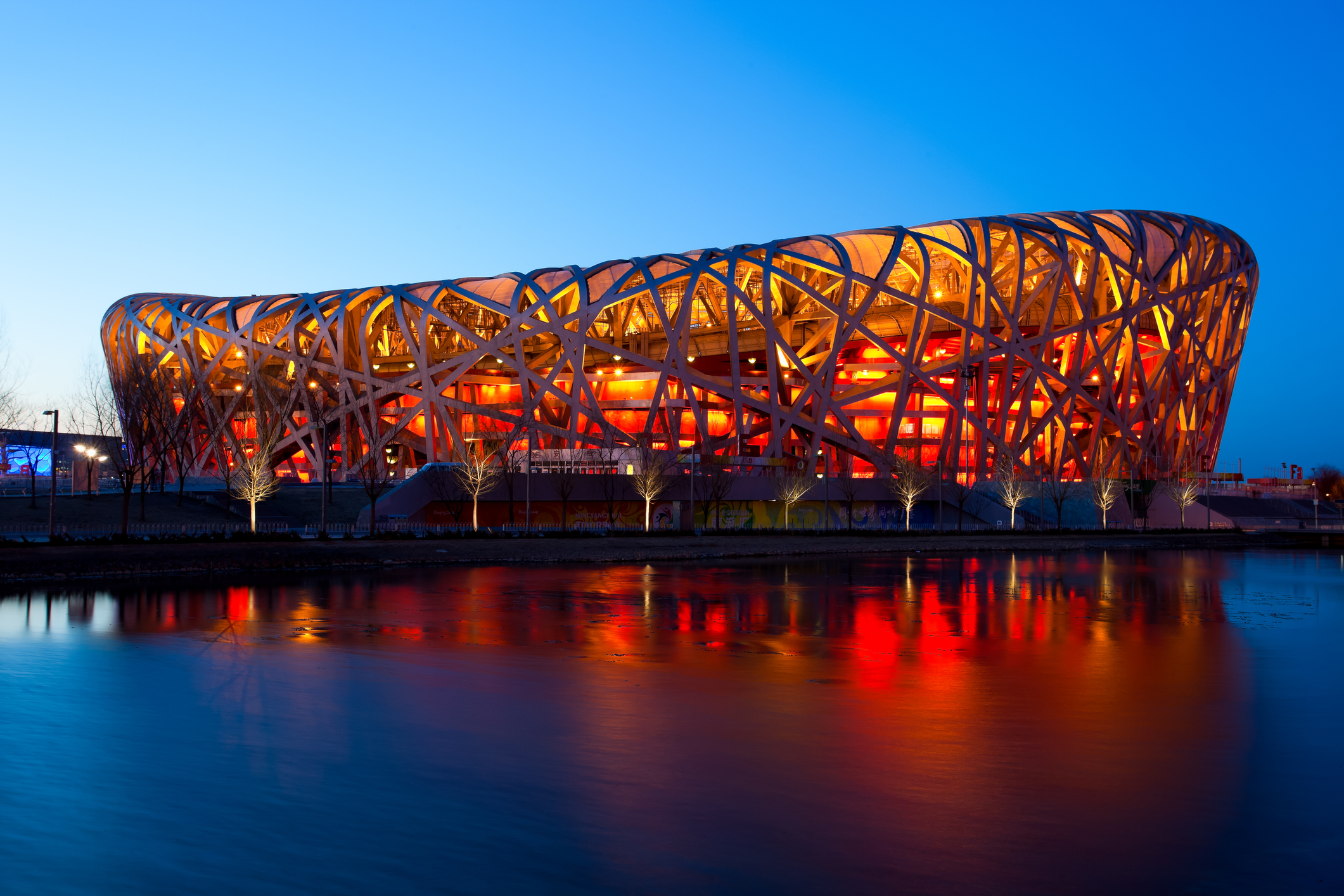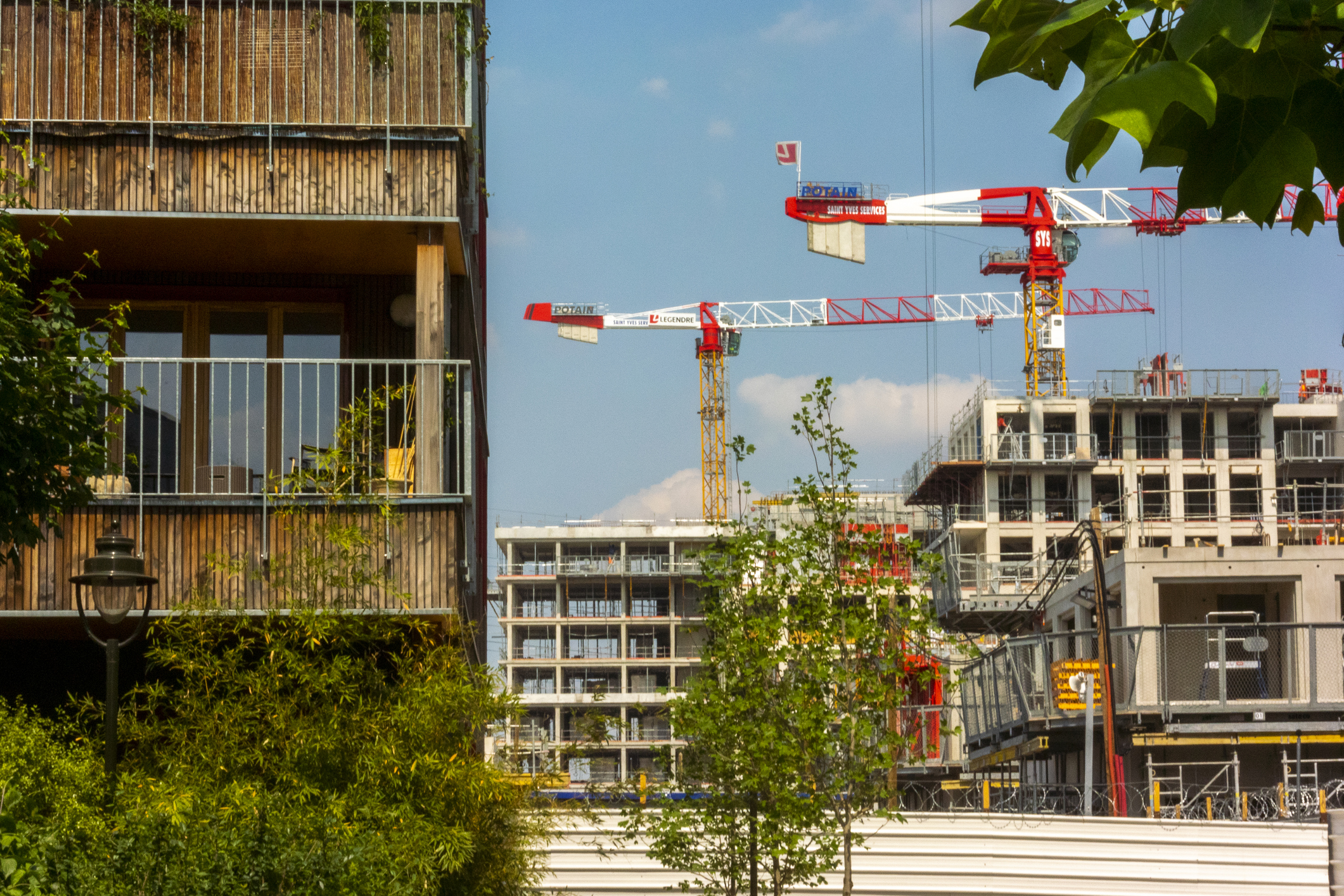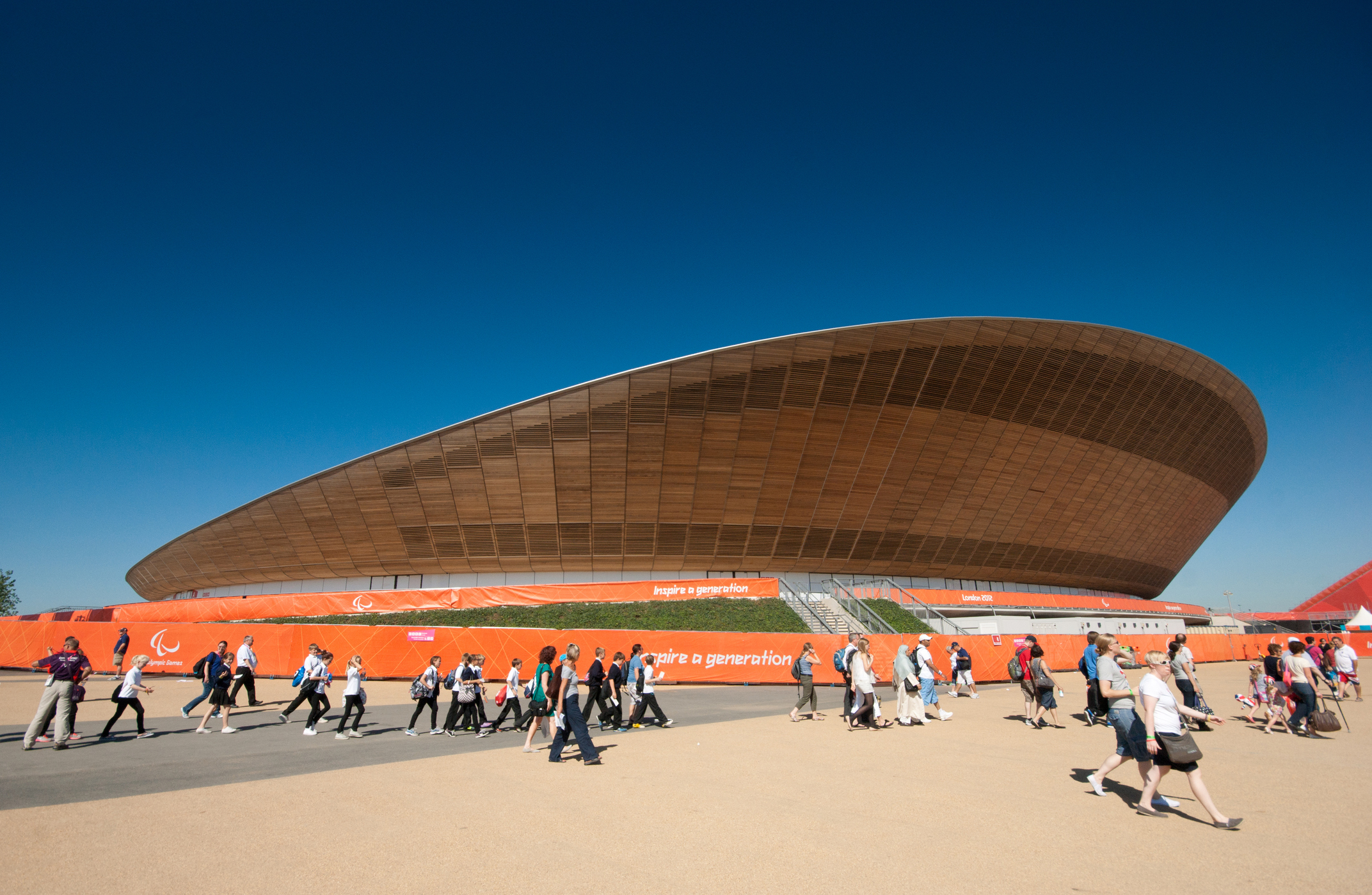
WoodSolutions is pleased to announce the launch of the Australian Timber Design Competition 2025. This national competition challenges the next generation of architects, engineers, and timber specialists to design a hypothetical, sustainable Athletes Village for the Brisbane 2032 Games. Aspiring designers will work in cross-institutional interdisciplinary teams, receiving mentorship from leading industry professionals and access to world-class timber resources.
Their task?
To create an adaptable, environmentally responsible village that incorporates construct to deconstruct principles ensuring future reuse and adaptability of building components.
A platform for future leaders in timber design
The competition aims to:
✅ Inspire innovation in sustainable timber architecture
✅ Embrace and include First Nations perspectives
✅ Foster industry collaboration and mentorship
✅ Address skills gaps in the design and construction sector
✅ Highlight the role of timber in reducing carbon emissions
“This competition is more than just a design challenge; it’s an opportunity for students to showcase their ability to solve real-world sustainability challenges,” says Kevin Peachey, Head of Built Environment Programs at Forest & Wood Products Australia.
“With the world’s eyes on Brisbane 2032, WoodSolutions wants to highlight the key role of timber in the future of design and construction.”

Key design principles for the competition
The competition challenges students to design an Athletes Village that embraces construct to deconstruct principles. This means the buildings should not only serve the needs of the Brisbane 2032 Games but also be designed for easy disassembly, relocation, or repurposing after the event. Entrants are asked to consider:
The competition challenges students to design an Athletes Village that embraces construct to deconstruct principles. This means the buildings should not only serve the needs of the Brisbane 2032 Games but also be designed for easy disassembly, relocation, or repurposing after the event. Entrants are asked to consider:
Sustainability
Environmental: Utilise timber as a primary material, focusing on its renewable nature, carbon sequestration, and overall environmental impact.
First Nations stewardship: Consider Indigenous design principles, develop a meaningful engagement strategy of Traditional Owners and Indigenous stakeholders.
Construct to Deconstruct Design structures that can be easily assembled and disassembled, allowing for future repurposing. Consider modular systems and reversible connections.
Adaptability and Accessibility Ensure designs can accommodate various needs, from individual athlete housing to communal spaces, and can be adapted for future uses post-Games.
Entrants are encouraged to embrace circular economy principles by considering incorporation of modular, prefabricated structures that can be easily disassembled and repurposed and should prioritise material reuse and low-impact connections—such as mechanical fasteners over adhesives. The competition promotes sustainable construction with minimal waste and maximum adaptability beyond the Brisbane 2032 Games.
Embedding First Nations knowledge in sustainable design
First Nations perspectives are central to sustainable land management and regenerative design. This competition encourages students to incorporate Indigenous knowledge and design principles into their concepts, recognising the deep connection between First Nations peoples and Country. This could include:
Culturally informed site planning, respecting natural ecosystems and land heritage.
Using locally sourced and responsibly managed timber, aligning with Indigenous sustainability practices.
Passive design strategies inspired by traditional shelter and cooling techniques. This integration not only strengthens environmental sustainability but also fosters respectful collaboration with Indigenous communities.

Expert mentorship and inspiring speaker sessions
Students will have the unique opportunity to learn from leading industry mentors, including timber engineers, sustainable architects, and design professionals, who will provide guidance throughout the competition. In addition to mentorship, entrants can engage with an exciting webinar program featuring inspiring presentations from industry experts and special guests. This includes insights from Uncle Craig Egert, who will share his knowledge on Indigenous land management and cultural heritage, and Australian Olympic silver medallist Jack McLoughlin, who will offer a firsthand perspective on athlete needs and village design. These sessions will equip students with valuable knowledge, helping them refine their concepts and push the boundaries of sustainable timber innovation.
Prizes & Global Exposure
Finalists will receive a $1,500 bursary for travel and accommodation to attend the World Conference on Timber Engineering 2025 (WCTE) in Brisbane. The overall winning team will be recognised at the WCTE Gala Dinner and gain international exposure through:
📢 A featured video showcasing their winning project
📰 Articles published in architecture, design, and timber industry media
📱 A social media campaign across WoodSolutions channels
💰 A $1,000 cash prize per team member, recognising outstanding achievement in timber innovation
The competition’s broader impact
This initiative plays a crucial role in shaping the future of sustainable architecture and timber construction by:
Addressing the industry’s skills gap – providing students with hands-on experience in designing with timber.
Driving timber innovation – promoting mass timber and engineered wood products as viable alternatives to carbon-intensive materials.
Showcasing timber’s role in the built environment – influencing developers and architects to adopt sustainable timber solutions. By fostering collaboration, research, and new design approaches, the competition contributes to the advancement of timber as a mainstream construction material, reinforcing its place in a low-carbon future.
Key Competition Details
📅 Submission Deadline: 12pm noon (AEST), Friday 2 May 2025
🎓 Eligibility: Open to 3rd-year, 4th-year, and master’s students in engineering, wood sciences, architecture, and related disciplines
👥 Team Formation: Multi-disciplinary teams assigned by the competition committee
Expressions of interest have now closed.
Thank you to everyone who has entered. Keep an eye on your inbox for your team allocations.

